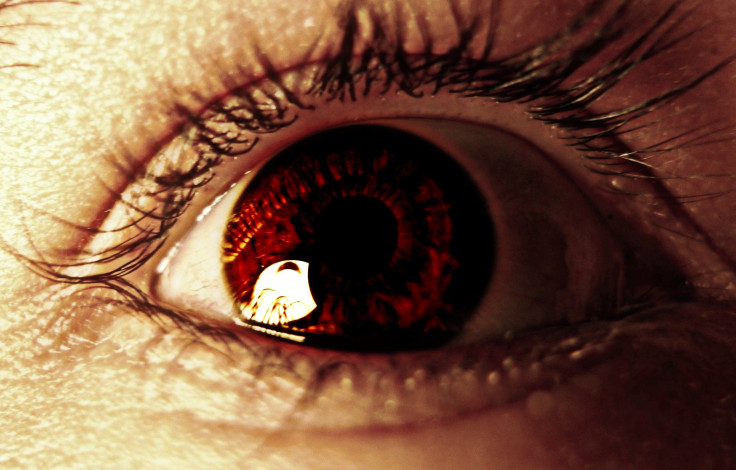New Cornea Layer Discovered In Human Eye: Doctors Predict Safer And Simpler Eye Treatments

Scientists have discovered a hidden layer located in the cornea that could increase understanding of previously unexplained corneal diseases. The new layer will be named "Dua's layer" after Harminder Dua, the academic professor from The University of Nottingham who discovered the layer in the cornea. This new scientific breakthrough could help surgeons dramatically improve the outcomes of patients undergoing eye surgery, such as corneal grafts and transplants.
"From a clinical perspective, there are many diseases that affect the back of the cornea which clinicians across the world are already beginning to relate to the presence, absence or tear in this layer," Dua said.
The human cornea is a clear protective shield in the front of the eye that lets light through. The human cornea was thought to have only five basic layers until the recent discovery — these layers include the corneal epitherlium, Bowman's layers, the corneal stroma, Descemet's membrane, and the endothelium. The new layer was found just between the corneal stroma and the Descemet's membrane, only 15 microns thick (to put it into perspective, a dot or period is 615 microns small).
Although tiny in size, it's nevertheless a huge discovery for doctors, scientists, and researchers all over the world. Any unexplained diseases or illnesses could be enlightened by this new discovery, significantly improving the future of diagnoses, surgeries, and treatment.
Last year, 42,642 corneal transplants were performed in the United States alone, according to the Eye Bank Association of America. According to the National Eye Institute, the cornea is responsible for refractive errors, the most common vision problems in the U.S. Considering about 120 million people in the U.S. wear eyeglasses or contact lenses to correct nearsightedness, farsightedness, or astigmatism, in order to correct refractive errors, this discovery is big news for many.
Refractive errors are the result of an irregularly shaped cornea, whether it be too deep or too shallow of a curve. Because light travels through the cornea, it is responsible for how the light bends as it travels into the rest of the eye, ultimately affecting the image that is transmitted into the brain.
The cornea must be as smooth and as clear as glass in order to transmit images properly, but it is also strong and durable. The cornea shares the protective role, with the eyelid, of shielding the rest of the eye from germs, dust, and other environmental irritants.
Some diseases and disorders of the cornea that will be reexamined thanks to Dua's discovery include allergies such as pollen and dust, conjunctivitis (more commonly known as pink eye), corneal infections, and one of the most eyesight-threatening, Fuch's dystrophy, a slowly progressive disease that causes certain eye cells to gradually deteriorate for a currently unknown reason.
"This is a major discovery that will mean that ophthalmology textbooks will literally need to be re-written. Having identified this new and distinct layer deep in the tissue of the cornea, we can now exploit its presence to make operations much safer and simpler for patients," Dua said.
The scientists at the University of Nottingham, along with Dua, believe that corneal hydrops, a bulging of the cornea caused from fluid buildup, is caused by a tear in the new Dua layer — a conclusion they would have never reached had they not found the hidden layer.



























